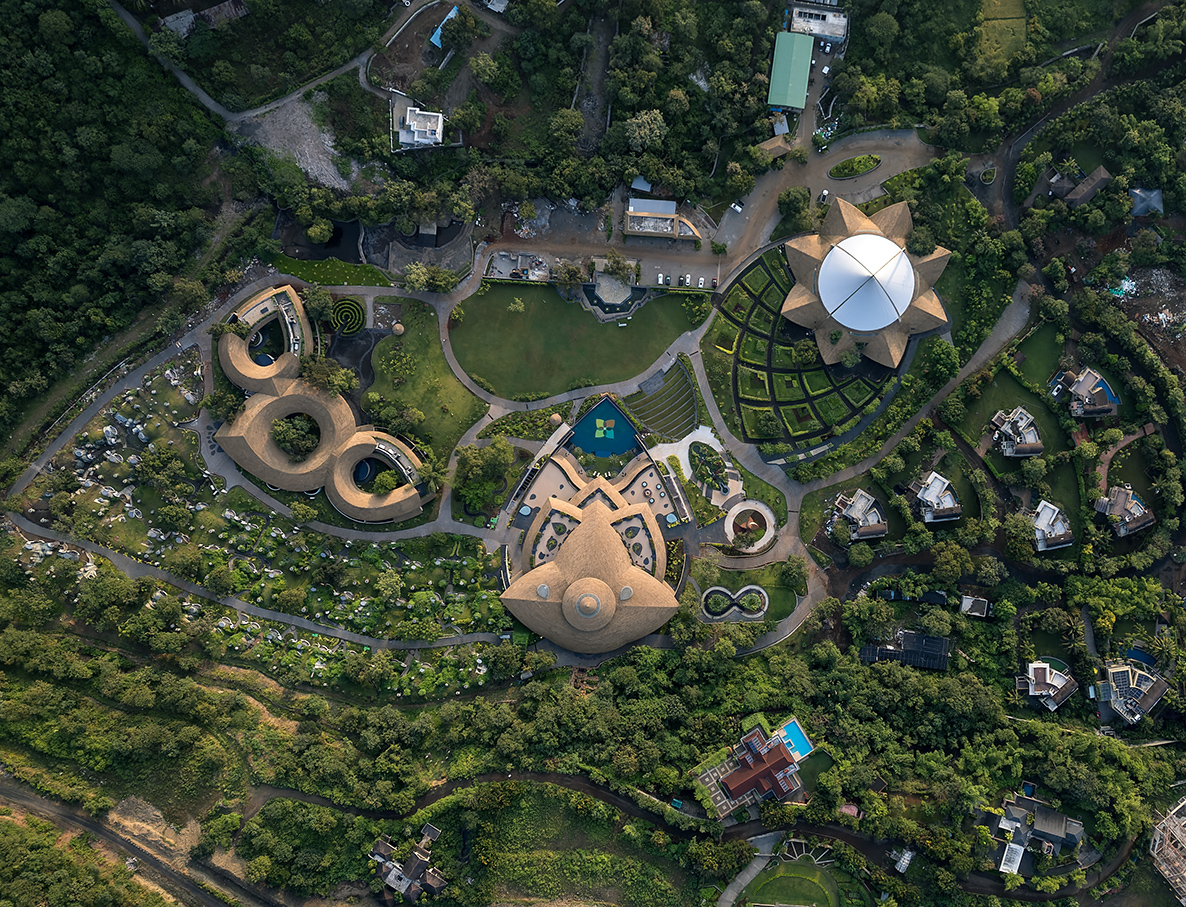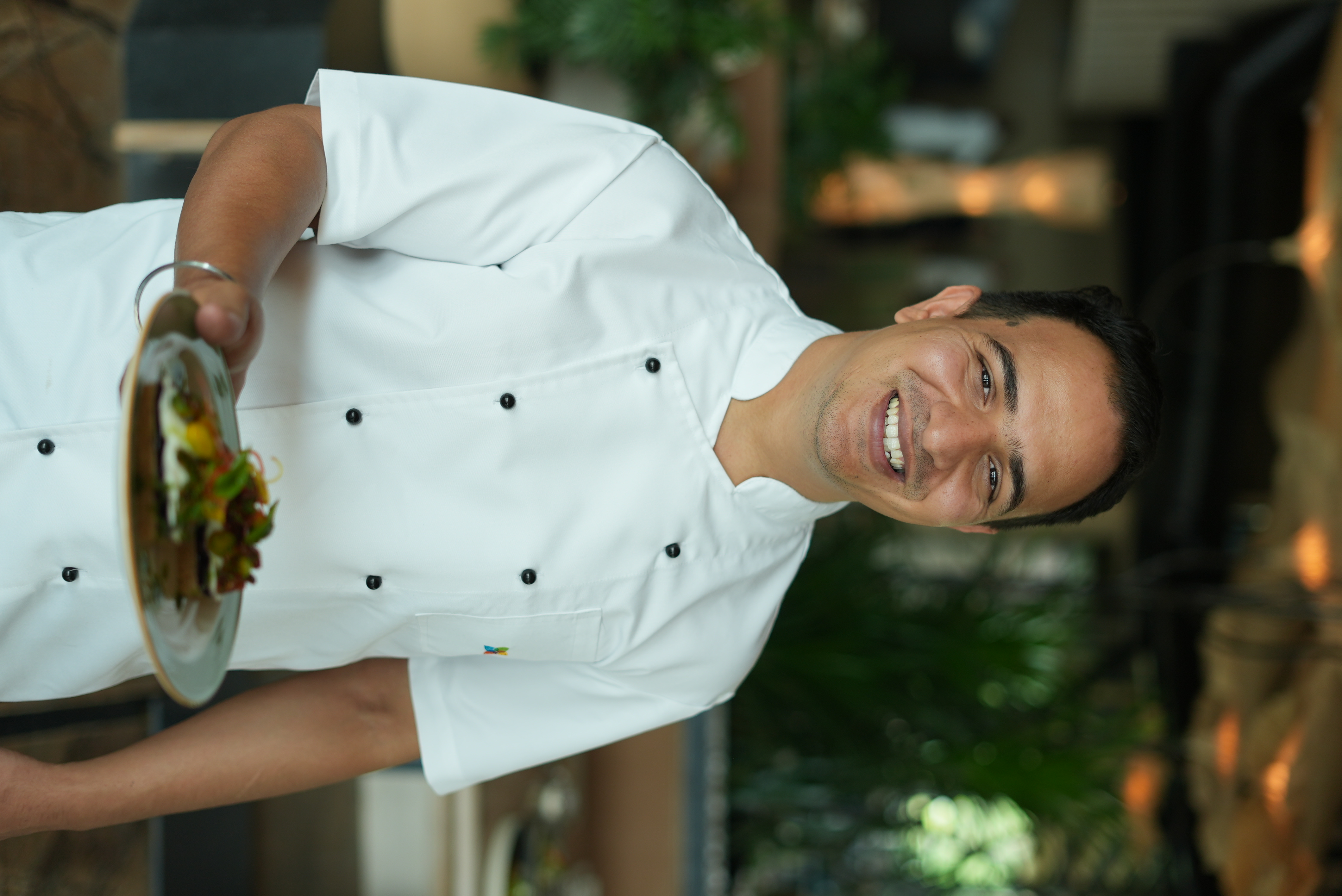1. What is wellness food? Why do people think it is boring?
Ans. Wellness food is carefully curated to be healthy and free from preservatives. It is pure and minimally altered by human intervention. One key principle of wellness food is that it is cooked on low flames to preserve its natural qualities. In wellness food, no taste enhancers or artificial colorings are used.
Additionally, some people may find wellness food bland. This perception often stems from their experiences with Naturopathy and Ayurveda-inspired meals at traditional retreats, typically prepared with minimal seasoning and flavoring. Many people do not realize that wellness food can be prepared similarly to the meals cooked in regular home kitchens, with less emphasis on heavy spices and additives.
There is also a misconception that wellness food requires only sauteing vegetables and avoiding overcooking to retain nutrients. However, the real trick lies in cooking food at the right temperature and following the correct processes. When done right, wellness food can be both nutritious and delicious, appealing to a wide range of tastes.
2. What is the mantra for innovation and creativity?
Ans. The mantra for innovation is simple, we must feed people according to the seasons and their bodies’ needs. During my training, I learned an important lesson from a monk I met. He explained that if the temperature is hot, we should serve something cold, as offering the opposite taste or sensation based on the climate can bring happiness and satisfaction.
However, the mantra for creativity lies in ensuring that no one feels they are falling short in any way. As a chef, I personally believe that everyone is healthy in their own unique way. At the same time, people have different aspirations and purposes. Some may want to run a marathon, while others may aim to hike, lose weight, or gain weight.
These varied goals inspire us to be creative with the food we serve, making it both tasty and healthy. Our mission is to cater to these diverse needs while ensuring the food brings joy and nourishment to those we serve.
3. How are you making a difference at Swastik? Please elaborate on the different menus that you and your team make every day.
Ans. At Swastik, we are making a difference by moving away from the traditional buffet style of serving. Instead of offering common food for everyone, we customize meals for each individual, tailoring them to their body type and specific needs. Our approach is deeply rooted in principles of Ayurveda and Naturopathy, focusing on the balance of vata, pitta, and kapha. The food we curate is designed to be eliminating, soothing, and constructive for the body, aligning with the guest’s health goals and detox.
Our team curates a unique menu for each meal daily, based on doctor's prescriptions.
Freshness is paramount and we believe that every ingredient created by nature is inherently healthy and pure. To ensure this, we carefully control the sourcing of our vegetables, procuring them exclusively from trusted organic vendors.
We also prioritize the method of cooking. For example, green peas retain their nutrients better when consumed as a soup or in a boiled form rather than fried. At Swastik, we avoid frying food and focus on cooking techniques that preserve the natural goodness of the ingredients.
The process of cooking is critical to achieving the perfect balance between taste and health. That’s why we meticulously control the cooking methods and temperatures, ensuring that every dish we serve is both nutritious and flavorful. This attention to detail is what makes Swastik stand out.
4. How have you been keeping the calories in check despite an amazing menu?
Ans. Other than water, everything contains calories. However, when individuals are aware of the appropriate portion sizes for each meal, it can make a significant difference. At Swastik, we place great emphasis on portion control for our guests, considering the activities they engage in at the sanctuary, such as meditation and arogyam. These activities do not require significant physical effort, and since we serve a five-course menu, we provide smaller portions to help regulate calorie intake effectively.
It is also worth noting that we serve vegetarian food, which generally contains fewer calories compared to non-vegetarian food, as it is plant-based. This further supports our ability to control the calories count for our guests, ensuring they receive balanced and mindful meals.
5. Do you enjoy your work as a chef? What gives you the kick?
Ans. Yes, I truly enjoy my work. Every morning, every day, I serve our guests at Swastik with three to four meals and I am deeply passionate about what I do. The trust our guests place in the meals we prepare reminds me of the trust we all had in the food lovingly served by our parents during childhood.
I believe food is the body’s second brain, as it plays a significant role in developing hormones like serotonin and dopamine. Seeing the happy faces of our guests after enjoying the meals we have served is my greatest reward. For me, happiness is the ultimate achievement in life, and those smiles bring me immense contentment.
As someone working in the wellness space, my aspiration is not just to see happy smiles but healthy smiles that reflect the positive results of the food they have consumed. At Swastik, we have witnessed guests reversing conditions like diabetes, psoriasis, and other illnesses through the food we serve. This impact fuels my passion and inspires me to continue this journey with the same dedication and purpose.
6. How difficult or easy is it to manage the food scene of a place like Swastik Wellbeing? How is it different from handling a restaurant or working in a hotel?
Ans. Working in a hotel is relatively straightforward when it comes to diet, it is primarily about serving and feasting people. However, at Swastik, our approach is clinical and highly personalized. We plan and customize each guest's diet plan, which, while challenging, is also incredibly rewarding.
For instance, when we have 20 guests, each with a diet plan designed by doctors, it becomes our responsibility to ensure the food aligns perfectly with their dietary requirements and delivers the expected results. Additionally, we must be mindful of food allergies or restrictions, ensuring nothing harmful is served.
This level of customization makes our work at Swastik vastly different from what is done in regular hotels, where dietary modifications for individual guests are rarely a priority. At Swastik, we tailor every meal to meet each guest’s unique needs, ensuring no wrong food combinations or synergies are served. This attention to detail is what sets us apart and makes the process both challenging and deeply fulfilling.
7. Please emphasize on the Indian superfoods. Do we have enough?
Ans. India is blessed with a wide variety of superfoods such as amla, makhana, moringa, jackfruit (kathal), ragi, millets, ghee, and curd—all of which are locally and naturally produced. When used mindfully, these superfoods offer incredible health benefits.
For example, moringa is rich in calcium and ragi are excellent sources of magnesium, and the millet family is known for its anti-cancer properties. These ingredients, when incorporated into our diets thoughtfully, can be far more beneficial than many other alternatives. They are a testament to the richness of Indian produce and the power of traditional wisdom in health and nutrition.
8. Any latest trend that you see in wellness culinary that will take over in 2025?
Ans. I personally believe that in 2025, the culinary trend will shift back to the roots. Chefs are rediscovering lost recipes that are deeply healing recipes that were created 50 to 80 years ago, often referred to as "grandma recipes." These traditional recipes are simple yet powerful and I think the focus will move toward real, clinically informed wellness through food.
This shift has the potential to transform the world because food, especially when prepared in alignment with the principles of Naturopathy and Ayurveda, has immense healing capacity. These ancient practices emphasize the therapeutic value of food, making it not just nourishing but also restorative.
Wellness sanctuaries have already begun incorporating small but impactful remedies, like infused water and digestives after meals, which have noticeable clinical benefits. These age-old recipes and practices are not just changing the standards of cuisine but also revolutionizing the wellness industry. By bringing about tangible changes in the body, they are poised to lead the way in how wellness is perceived and practiced globally.
Disclaimer: Inputs by Executive Chef; Arvind Joshi at Swastik Luxury Wellbeing Sanctuary
About the Author
Manjulika Pramod, an engineer, author, and artist is an independent writer from Faridabad, Haryana, with an experience in writing for inflight magazines, travel journals, and newspapers. Travel, food, art, wellness, and culture happen to be her forte. She travels the world and tells compelling stories to make people pack their bags.






